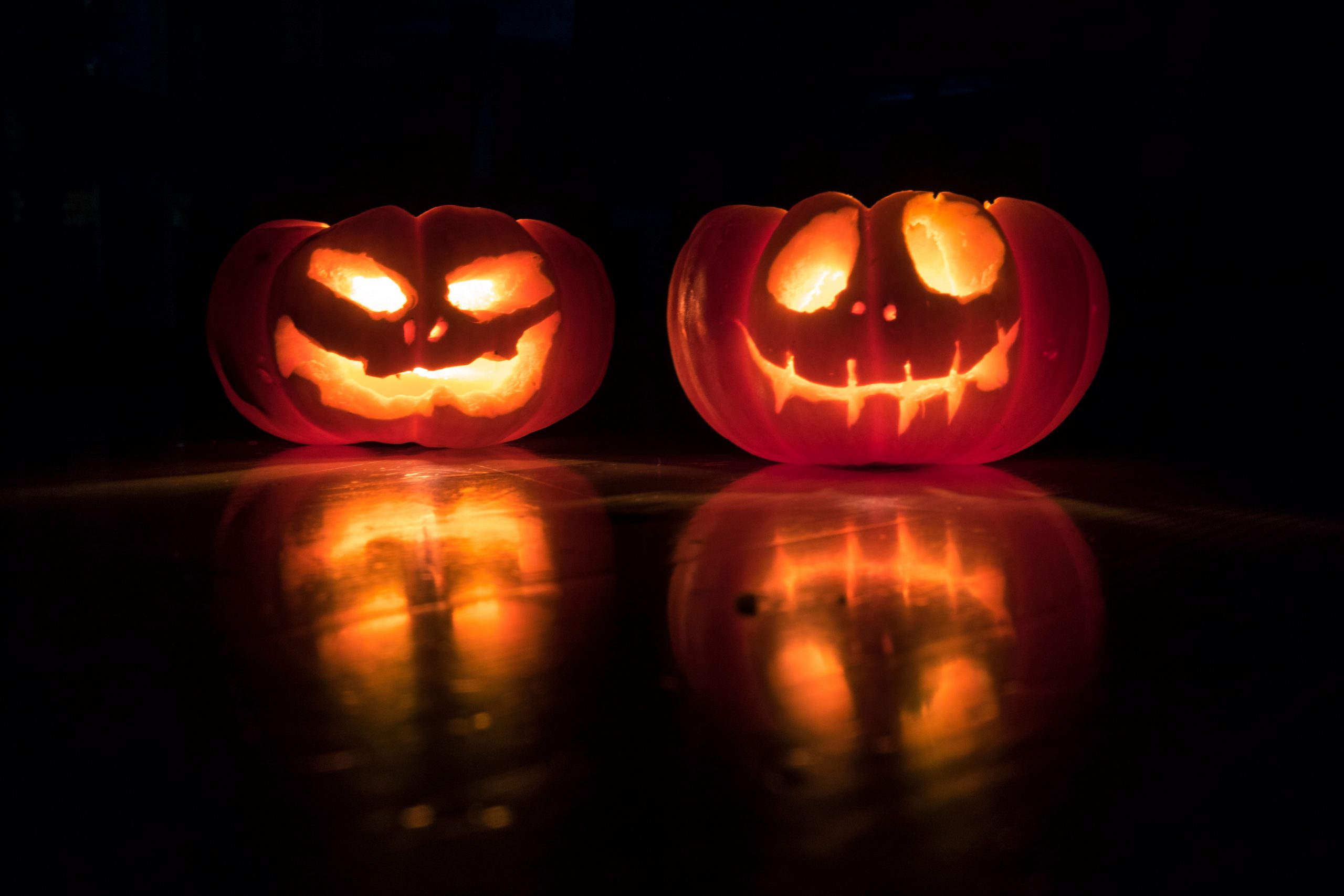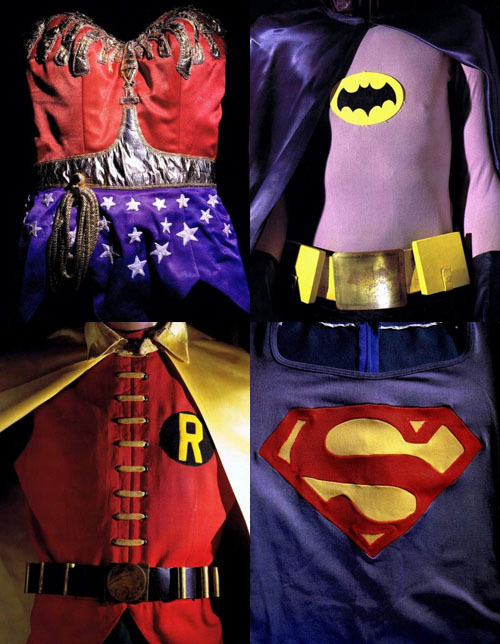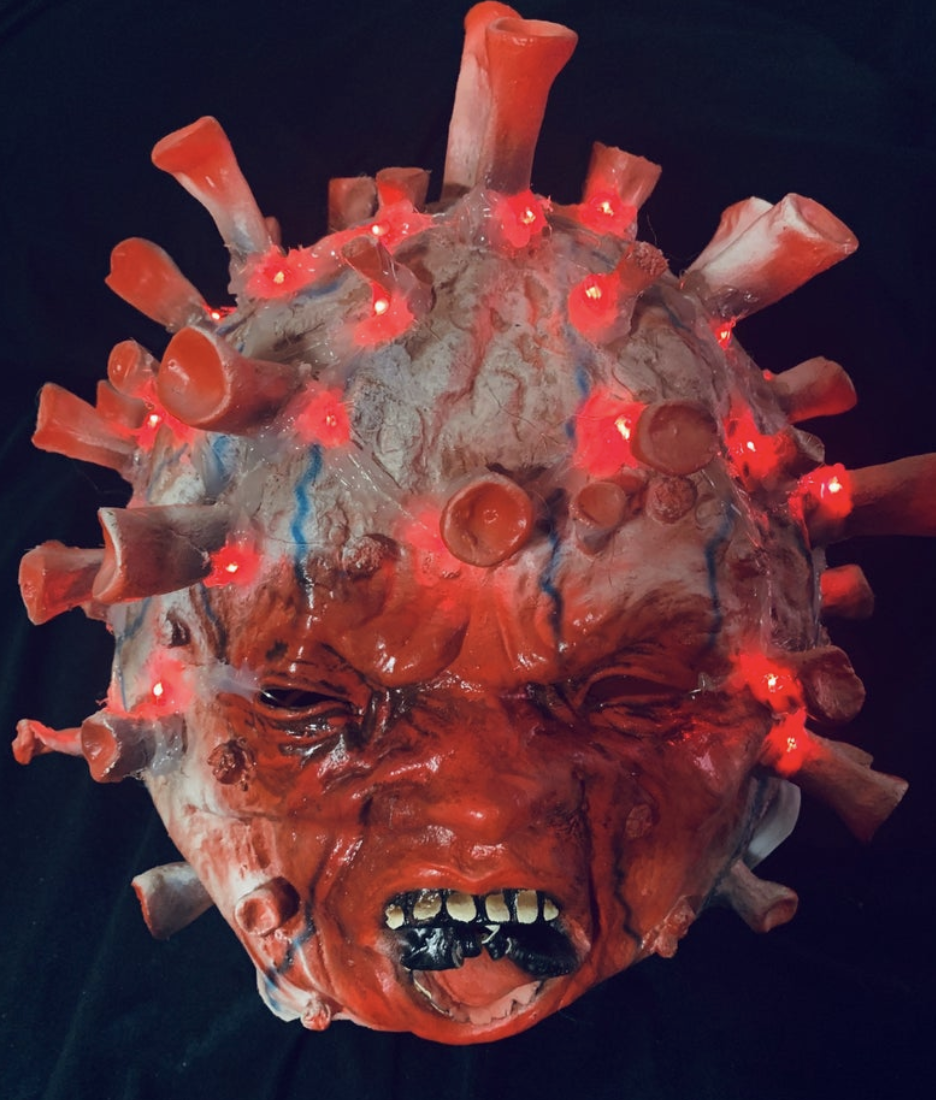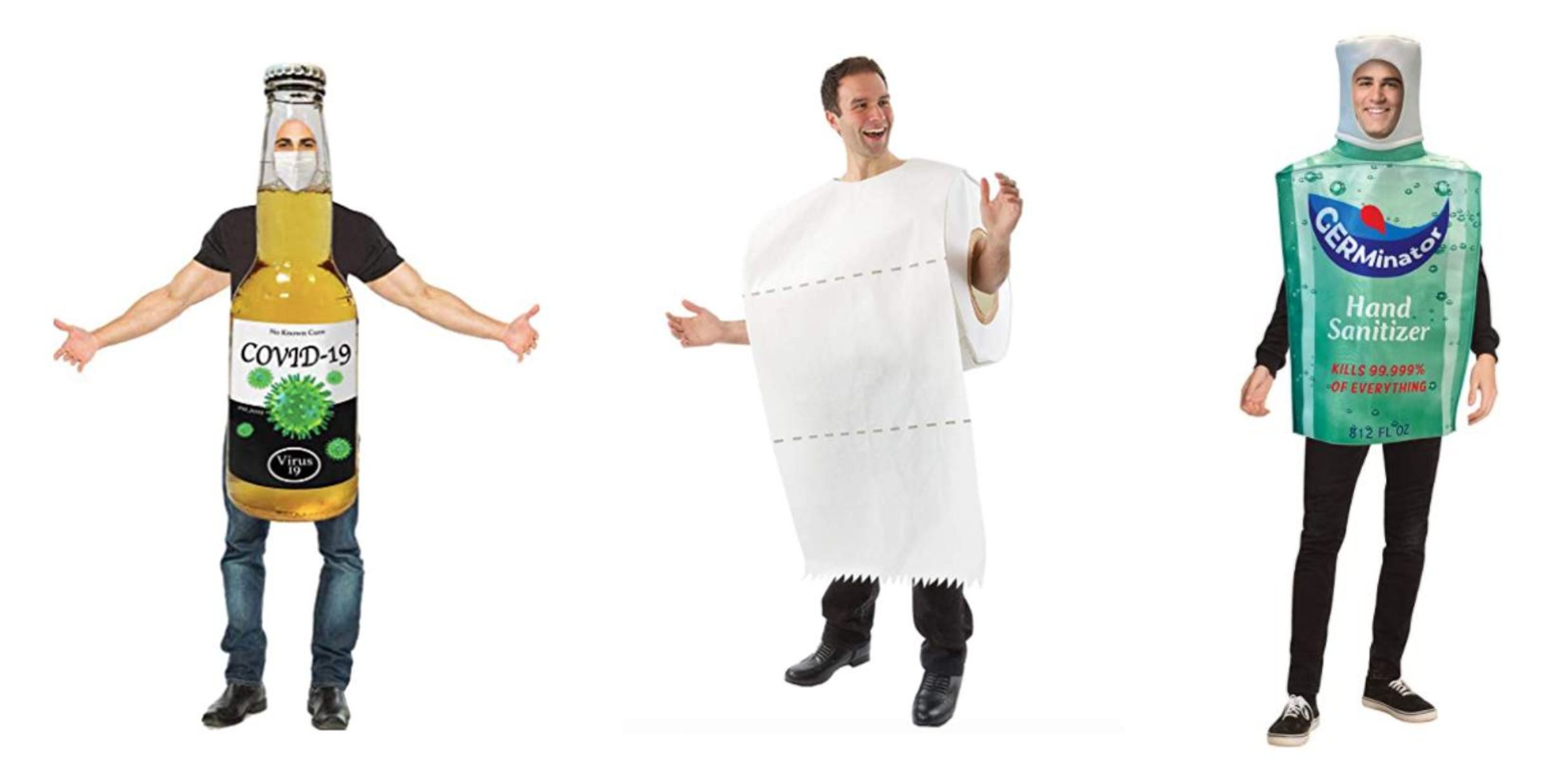The most popular Halloween costumes every year are often based on real-life events that happened that year. These costumes can be inspired by popular movies (Suicide Squad Halloween, we’re looking at you), or by major events such as the moon landing in 1969 compelling everyone to dress up as an astronaut.
One of the pinnacles of Halloween costumes came in the 1930s when Ben Cooper, one of the largest costume manufacturers in the United States, licensed the right to transform Walt Disney creations into Halloween costumes.
However, considering the Great Depression in the United States at the time, box costumes for children were still considered a luxury. As a result, most families delved into “do it yourself” (DIY) Halloween costumes.
Vintage Ben Cooper Mickey Mouse masquerade costume (Courtesy of Etsy)
Then came the 1950s when mass-produced box costumes became more affordable. Children could be seen dressing up as witches, mummies, princesses, and Frankenstein’s monster. Children were even dressing up as superheroes—which saw its own surge of adult costumes in the 1960s. That was also the era when scantily clad costumes for women grew fairly common, but it didn’t make its way as a commercialized product until the 1990s.
Superhero costumes from the ’60s and ’70s. (Courtesy of Total Film)
It was about a decade after adults joined children in the superhero dress-up when the 1970s saw more costumes became tailored for adults. In this decade and the next, Halloween costumes became more gruesome with the rise of horror movies, including The Exorcist, Carrie, and Halloween. Unsurprisingly, these movies paved the way for Michael Myers masks and Friday the 13th’s Jason Voorhees masks.
“Secular, modern Halloween has a fascination with violence, erotism and the poltergeists of the imagination that first penetrated popular culture in the 19th century,” says professor emeritus of York’s history department Nicholas C. T. Rogers, author of Halloween: From Pagan Ritual to Party Night.
Other less terrifying costume trends that emerged were fantasy and sci-fi such as C-3PO from Star Wars, the alien from E.T., and pop culture inspirations such as Michael Jackson who first moonwalked into our hearts in 1983.
1970s Ben Cooper Jason mask from Friday the 13th. (Courtesy of PicClick)
The ‘70s were also around the time president-inspired costumes took the reins of popularity, and former U.S. president Richard Nixon first saw his face on store shelves selling for about 20 bucks a mask.
And so began the niche of decade-inspired Halloween costumes which, to future readers, can probably reveal a lot about a nation’s history just by looking at who, or what, is being mocked that year on Halloween.
Sure enough, this year Halloween costumes are inspired by “the most feared monster out there, corona,” reads Etsy’s description of the COVID-19 Halloween mask. And they even have a red LED light-up version which sold like hotcakes, despite costing $72.
“I had a look at the costume market and it looked to me to be business as usual,” says Rogers. “The problem with contemporary Halloween is that it doesn’t handle pandemics very well. It did when the holiday was associated with the Christian festival of Hallowmas. Commemorating the dead was then embedded in the rituals, along with the hope of renewal.”
Etsy’s coronavirus LED light-up mask. (Courtesy of Etsy)
While retailers like Party City and Spirit Halloween are refraining from selling COVID-19 costumes, other distributors like Amazon are selling satirical and pandemic-related costumes including a virus latex mask, the plague doctor, the Corona beer bottle, a hand sanitizer, and toilet paper.
Amazon’s 2020 costumes ranging from $15.99 to $49.99. (Courtesy of Amazon)
Amazon is also selling a green Donald Trump mask ridden with the coronavirus and its spikes. Whether it was sheer coincidence or a sick (pun not intended) form of irony, considering Trump’s recent COVID-19 diagnosis, is up for debate.
For now, there’s been no sight of a “Sexy Coronavirus Costume” but we shouldn’t be surprised if one surfaces, especially after the emergence of the “Sexy Ebola Costume” in 2014.
Although pandemic-related costumes certainly seem to be taking the cake (and the sales), there are a few others that not-so-unsuspectingly made it onto the hot-seller list as well including: the Karen, Tiger King’s Joe Exotic, and a Joe Biden mask.
According to Rogers, Halloween today doesn’t commemorate the individuals we’ve lost the way the holiday was originally intended to, especially amid a pandemic. “It has sublimated death into a Gothic horror show. It deals with fake death, not the real thing; hence it cannot deal with the pandemic beyond warning people about social distancing as they step out,” Rogers explains.
Public health officials have indeed recommended an immense change of pace for this year’s Halloween, including dos and don’ts for trick-or-treating, avoiding large gatherings and parties, celebrating only with your immediate circle, handing out candy with tongs, wearing a mask along with your costume, and turning off porch lights for those who do not want to be disturbed.
“The latino/Catholic festival of Day of the Dead is actually better in confronting the realities of deadly viruses, because while it mocks death it also has space for a reverence of the recently departed,” Rogers adds.
A poll conducted by Leger and the Association for Canadian Studies found that two-thirds of people will let their kids go trick-or-treating in regions of Canada “relatively untouched by COVID-19’s resurgence,” reported CTV on October 6. The inverse was true for Ontarians and Quebecers, with two-thirds reporting that they wouldn’t.
Nationwide, 49 per cent of Canadians said they wouldn’t even open their doors for trick-or-treaters.







